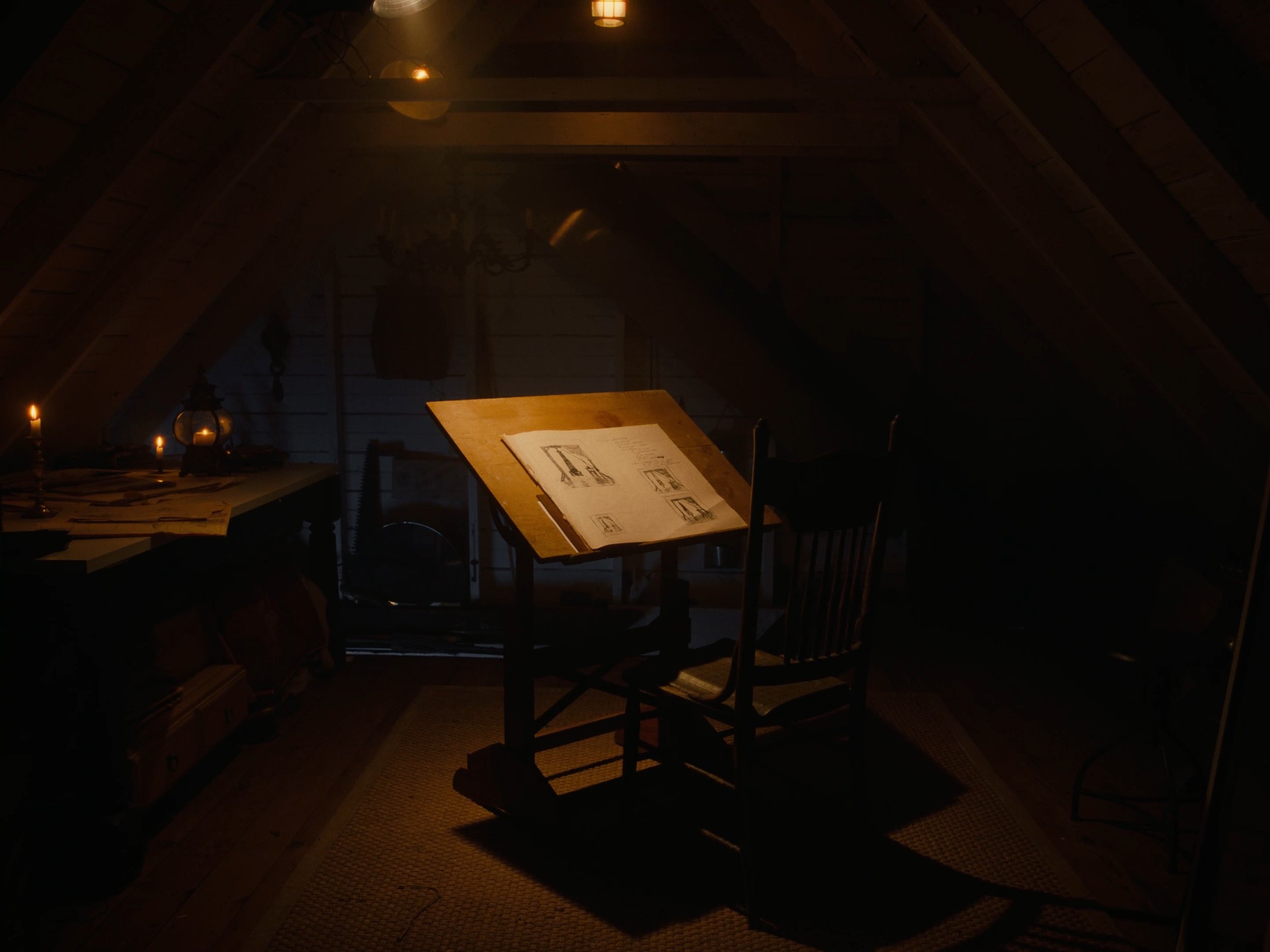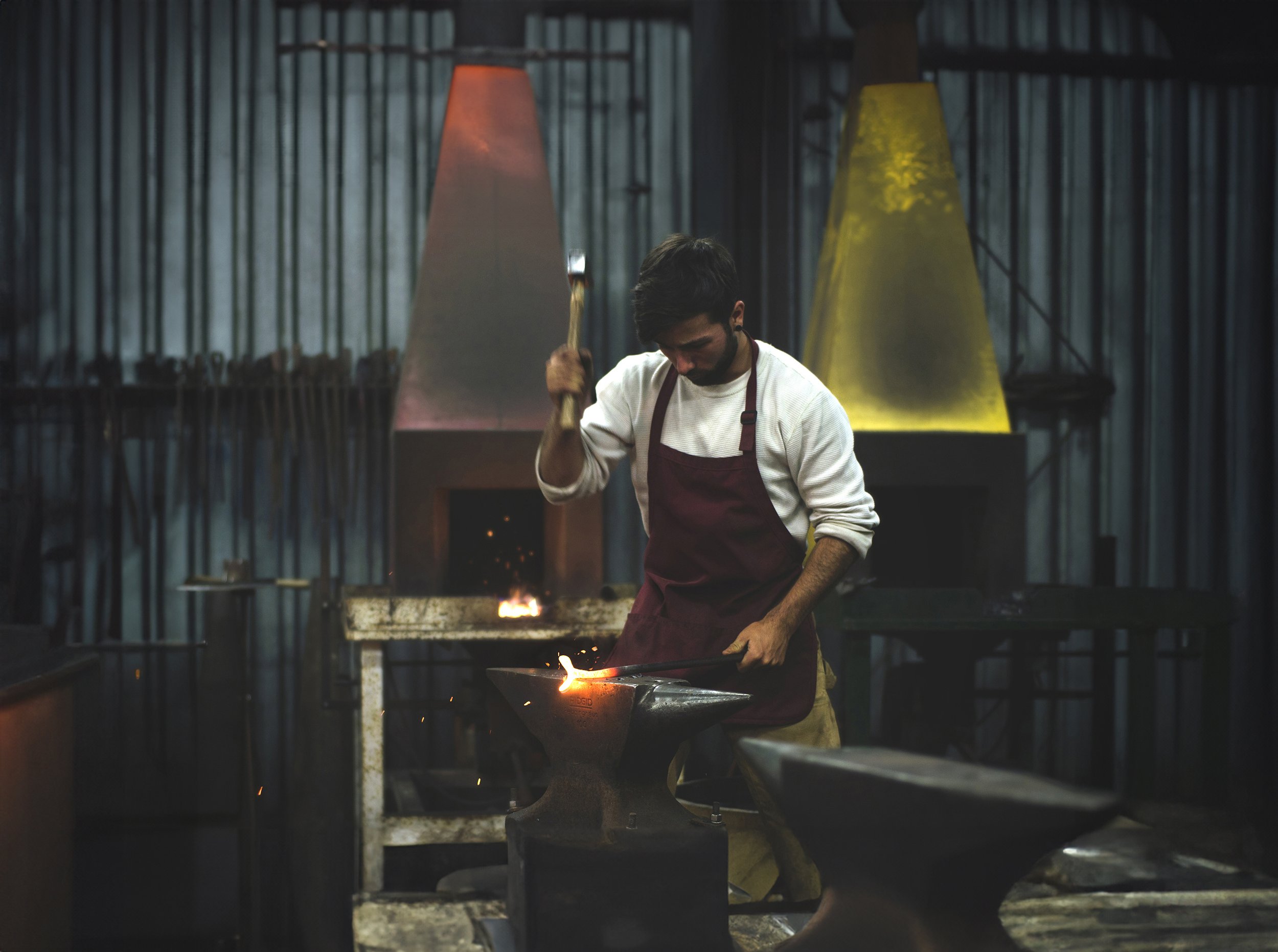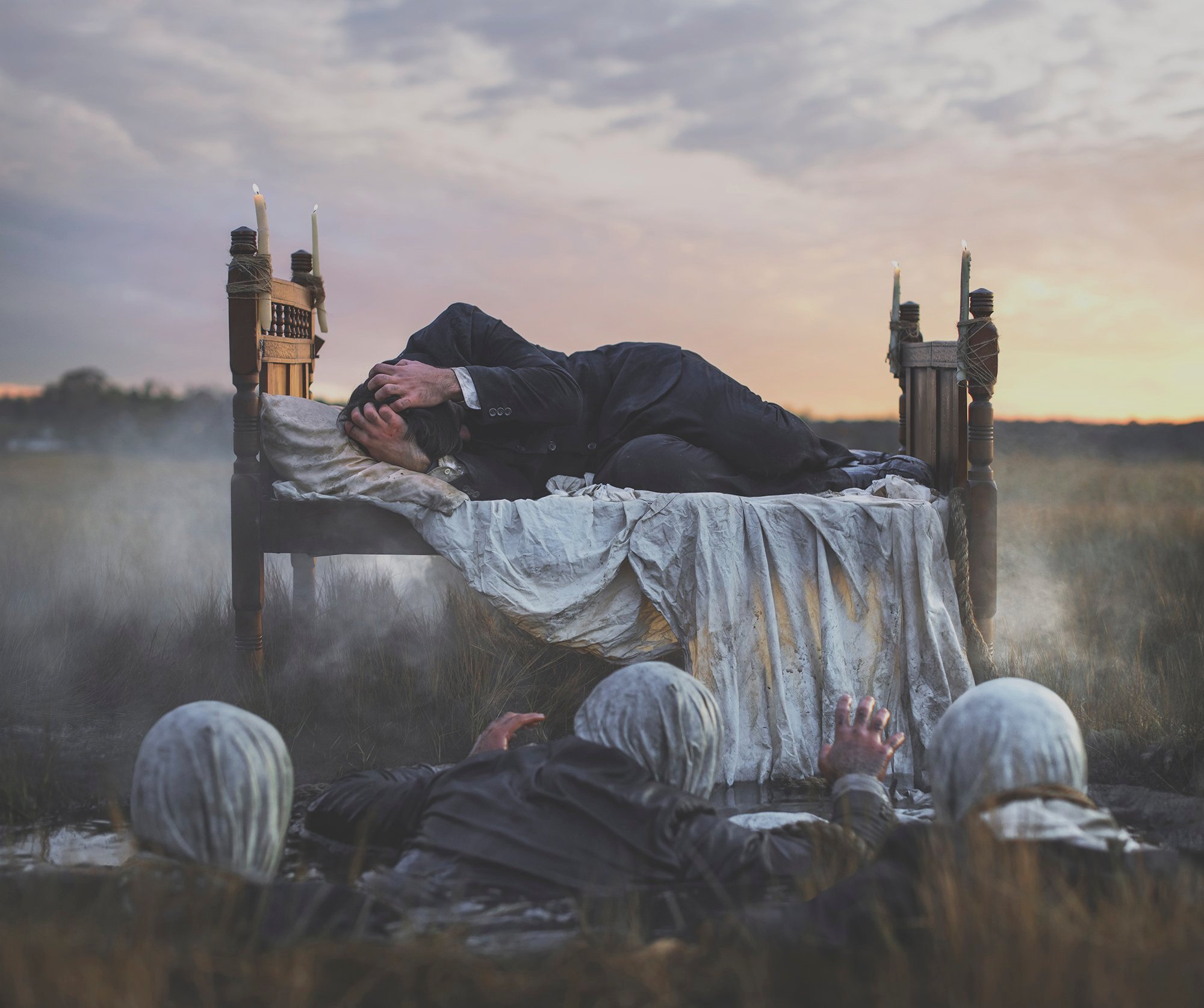Nicolas Bruno
B. 1993
Northport, New York
Nicolas Bruno weaves together his terrifying experiences of Sleep Paralysis with surreal self-portraiture in a therapeutic translation of night terror to image. His constructed worlds of uncertainty exist on a plane between waking and sleeping, where he is tormented by a physical embrace of the subconscious and its perils. Bruno utilizes the mediums of sculpture and costume design to create the various elements that appear within his images. Influences of 19th century Romanticists, historical texts, occultism and dream symbolism lace each composition with various visual dialogues of the macabre.
Bruno’s latest series, The Somnia Tarot, contains 78 images and tells the tale of the classic Tarot through the mediums of photography, sculpture, costume design, and dream journal recordings. Various characters and symbolism from Sleep Paralysis are woven together to express the diverse themes that appear within the Tarot. The conception of The Somnia Tarot began during the early stages of the COVID-19 pandemic and the project was completed in late November of 2020. After a successful independent crowdfunding campaign, The Somnia Tarot Deck is now used worldwide by tarot readers who wish to dive into their own dreams and nightmares.
Sleep Paralysis is a peculiar phenomenon that straddles the boundary between the conscious and subconscious. In this nightmarish limbo, the dream world and wakefulness converge as the body is immobilized by an invisible force. Shadows begin to morph into malevolent entities and materialize within the confines of your bedroom. In this experience, the mind weaves a tapestry of subliminal horrors. Through out the centuries, similar entities have been documented by dreamers across all cultures.
On the medical front, this sleep disorder occurs during the transition between different sleep stages, particularly during the rapid eye movement (REM) phase. During REM sleep, the brain is active, and vivid dreams unfold. To prevent acting out dreams physically, the brain initiates a temporary paralysis, known as REM atonia, affecting voluntary muscle movement. Physiologically, the transition between sleep stages is a delicately orchestrated dance involving neurotransmitters, hormones, and the brain stem. When this process falters, sleep paralysis can ensue. Factors such as irregular sleep patterns, sleep deprivation, narcolepsy, and certain medications may contribute to the occurrence of a sleep episode.
In essence, Sleep Paralysis is a captivating juxtaposition of surrealism and medical science — a haunting experience rooted in the intricacies of sleep physiology and the enigmatic landscapes of the subconscious mind.

Every artwork within Bruno’s portfolio begins its life as a dream journal sketch. The fragments of his dreamworld encounters directly inform the symbols that are woven into each image. After developing the basis for a new composition, Bruno will begin scouting and documenting a proper environment to set the scene for his image.

Bruno engages in a meticulous process of location scouting to set the stage for his photographic compositions. The majority of Bruno’s portfolio works are created on Long Island, New York, which is home to sprawling coastlines, tidal marshlands, and deep woodlands. Bruno actively seeks locations that resonate with his personal experiences, exude otherworldly qualities, or places that were previously explored in childhood.

Using the crafts of blacksmithing, woodworking, and sewing, Bruno carefully constructs each element within his compositions. Found materials, antiques, up-cycled objects, and familial possessions are given a new life in each artwork. Through this multidisciplinary process, Bruno is able to work independently to execute his compositions.

Through his self-portraiture process, Bruno becomes multiple characters within each scene. By working with a remote shutter timer on his camera, Bruno performs multiple costume changes, scenery adjustments, and atmospheric effects to capture his images. All aspects of his images happen in camera and are layered together to produce the final photograph.




